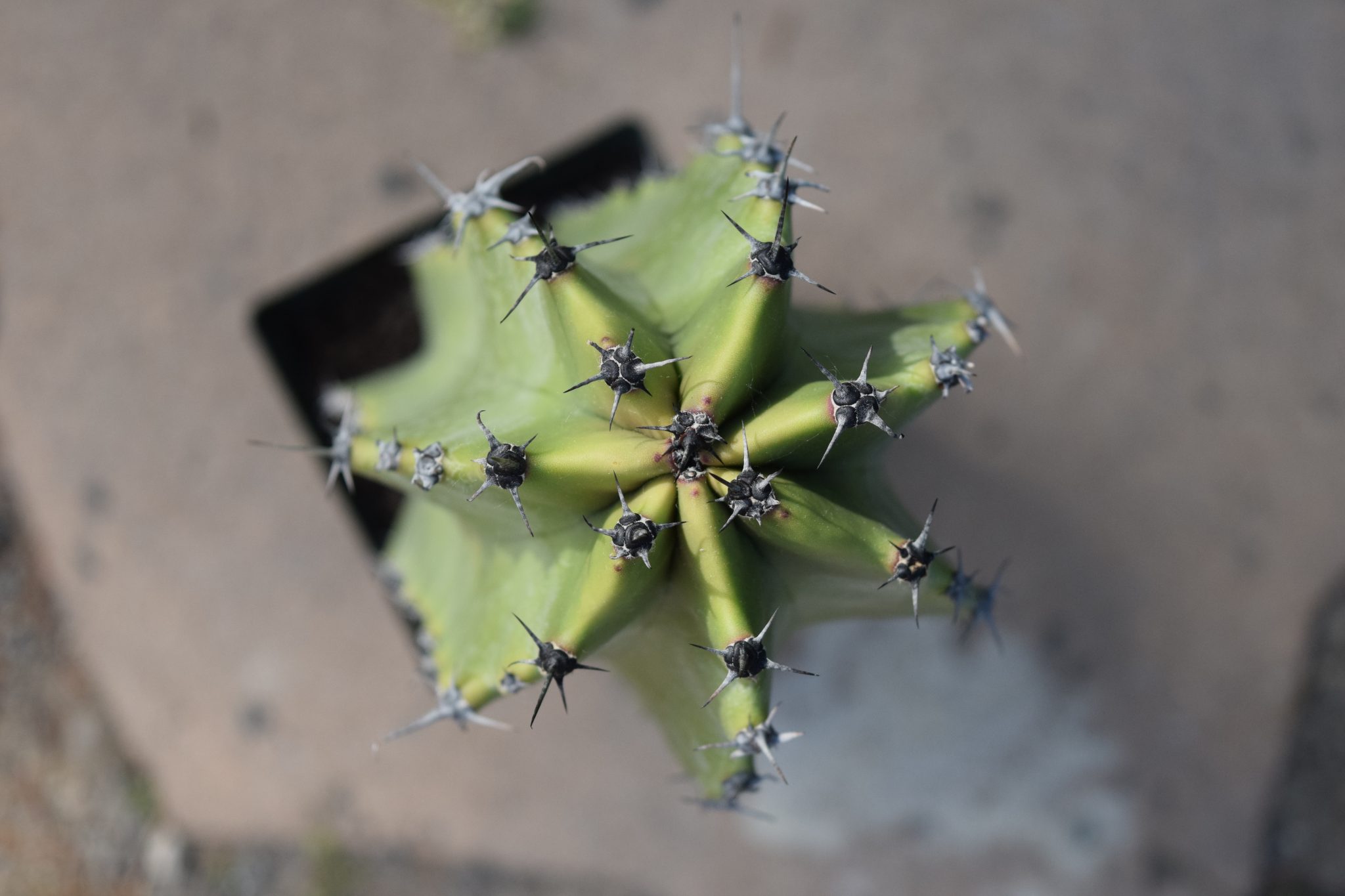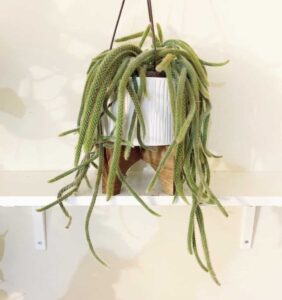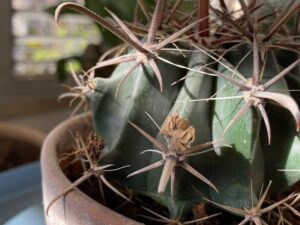Columnar cacti have ventured beyond their arid origins, emerging as striking monuments in contemporary landscaping. Known for their vertical stature and architectural elegance, these enigmatic plants promise to revolutionize outdoor aesthetics. As guardians of deserts, they possess a unique charm that captivates the imagination, making them a perfect choice for those looking to add a dramatic flair to their gardens. Let’s embark on an exploration of various types of columnar cacti, revealing how they can elevate your landscape to new heights.
Columnar cacti exemplify resilience and versatility, easily adapting to various environmental conditions. They possess uncommon characteristics that beckon curiosity, inviting contemplation on their majestic forms. Each species presents a different opportunity to create visual interest in your outdoor space.
As we unfold the different varieties of columnar cacti, you will discover elements that promise not only beauty but also sustainable landscaping options. From their striking silhouettes to their minimal water requirements, these cacti offer both aesthetic and practical advantages that align beautifully with modern ecological sensibilities.
Exploring the diverse world of columnar cacti will transform the way you perceive desert flora, and reveal how these unique plants can play a pivotal role in enhancing your outdoor panorama.
Formidable Sentinel: The Saguaro Cactus
No discussion of columnar cacti would be complete without the iconic saguaro cactus (Carnegiea gigantea). This towering titan can soar up to 40 feet in height, making it an awe-inspiring presence in any garden. Native to the Sonoran Desert, the saguaro is a symbol of the Southwest and an emblem of resilience. Its life cycle can extend over 150 years, with the plant developing arms that stretch skyward as it matures—each arm symbolizing growth and individual character.
The saguaro’s green, ribbed trunk is not only visually striking but also functional. Its pleated form allows for expansion during heavy rainfall, optimizing water storage from rare desert storms. This characteristic renders it invaluable for sustainable landscaping, as it requires minimal irrigation once established. When planted in the right climate, the saguaro thrives, offering a bold focal point amidst a blend of desert succulents.
A saguaro can easily transform a mundane yard into an evocative desert scene. Nestling around it, smaller succulents and native wildflowers can be planted to enhance biodiversity while creating layers of color and texture, enriching your landscape.
Graceful Elongation: The Organ Pipe Cactus
Contrasting starkly with the saguaro, the organ pipe cactus (Stenocereus thurberi) exudes elegance with its slender, upright columns. Characterized by multiple, slender stems that can grow as tall as 20 feet, it presents a delicate dichotomy—its ethereal grace harmonizes beautifully with robust landscaping designs. Native to the Sonoran Desert, the organ pipe cactus thrives in hot, dry regions and brings a touch of sophistication to xeriscaping.
Flowering primarily at night, this cactus releases fragrant blooms that inspire nocturnal wonder. The blossoms attract pollinators, creating a dynamic ecosystem right within your yard. The organ pipe cactus thrives best in well-drained soils, making it an impeccable choice for layered rock gardens or alongside boulders, where it creates a dramatic backdrop against gravel paths or walking areas.
Its tall, elegant stature is ideal for pairing with lower-growing succulents, ensuring visual diversity within your garden landscape. As a sculptural element, the organ pipe cactus can guide the eye upward, drawing attention to the beauty of the night sky.
Majestic Spines: The Golden Barrel Cactus
The golden barrel cactus (Echinocactus grusonii) is a spherical variety that transitions beautifully into a columnar form when grown in clusters. This cactus is renowned for its golden spines, which create a striking contrast against the green flesh of the plant, elevating aesthetic appeal in any outdoor setting. Growing up to 3 feet in height, the golden barrel provides a hearty presence without overwhelming smaller plantings.
While primarily globular in form, the stacking habit of multiple golden barrels can create an intriguing visual impact reminiscent of stone formations. They may unite in a mesmerizing display that elevates the garden’s overall design. Ideally, these cacti do best in well-draining soil and sunny locales, where they can flourish without additional moisture—a perfect embodiment of sustainable gardening.
The golden barrel cactus also offers adaptability, thriving in both traditional gardens and rock gardens alike. When paired with vibrant desert blooms, you can create a harmonious tableau of color and texture, leading to a striking landscape that intrigues and inspires.
The Artistic Phalanx: Cereus Cacti
Cereus is another distinct genus of columnar cacti, comprising various species that often showcase striking forms. Known for their fast growth, some varieties can reach impressive heights in a short time. The cereus cactus is often characterized by its thick, ribbed structure and can produce striking, nocturnal flowers that add allure to any garden.
From the Cereus peruvianus with its robust appearance to the more delicate Cereus repandus, this family of cacti can create a stunning visual dimension when planted in strategic arrangements. Their adaptation to diverse environments means they can offer interest year-round, taking center stage against a tapestry of other desert plants.
In conclusion, incorporating columnar cacti into your landscape will invigorate your outdoor spaces with their unique aesthetic and ecological benefits. These extraordinary plants possess the power to transform your surroundings, offering a confluence of beauty, resilience, and sustainability. The vertical elegance of these columnar specimens invites a shift in perspective, encouraging a newfound appreciation for the subtleties and strengths of desert flora. So as you plan your next landscaping venture, consider the awe-inspiring possibilities that columnar cacti offer—a fascinating journey awaits, waiting to elevate your landscape to new heights.




Leave a Comment